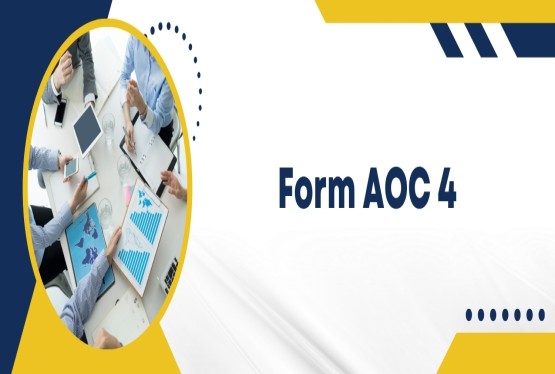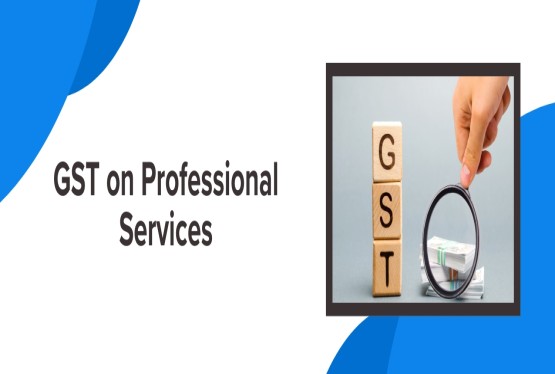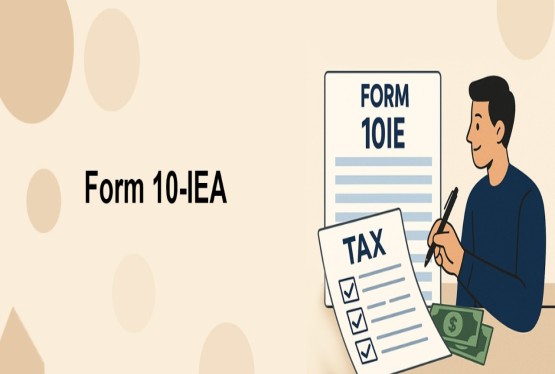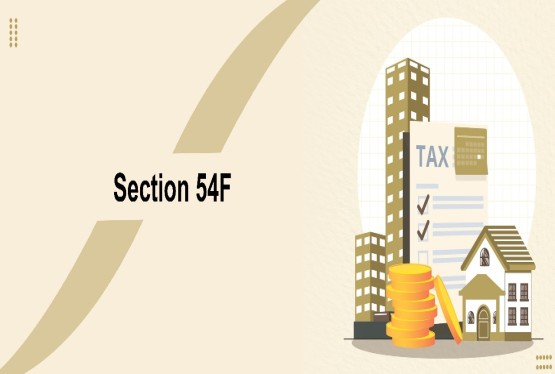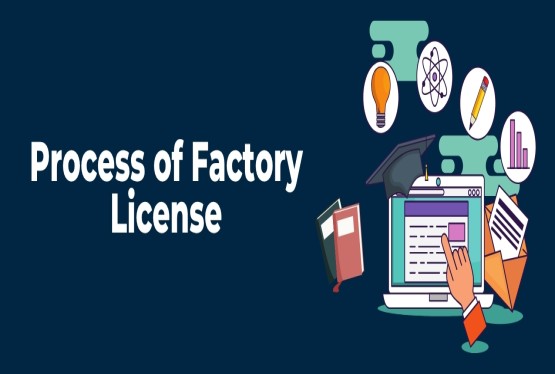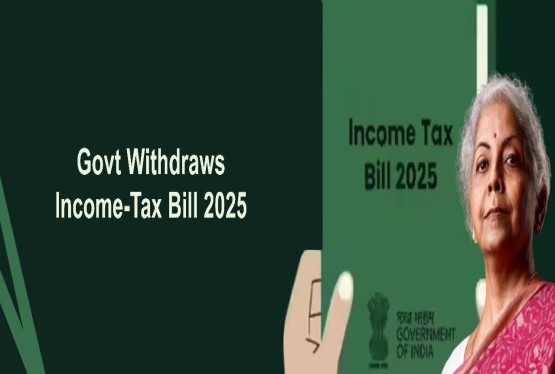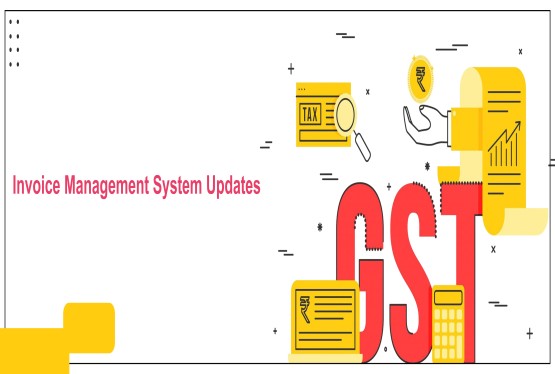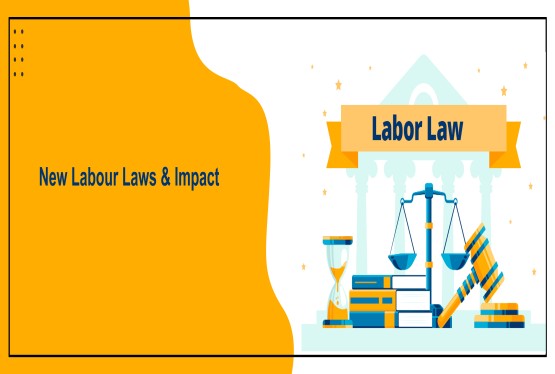In a significant move aimed at alleviating the compliance burden on small businesses, the 56th meeting of the Goods and Services Tax (GST) Council is expected to deliberate on a proposal to increase the annual turnover thresholds for mandatory GST registration. The proposal, if approved, would mark the first substantial revision of registration limits since the GST regime was introduced in July 2017.
Current Framework and the Need for Change
At present, businesses are required to register under GST if their annual turnover exceeds Rs.20 lakh for services and Rs.40 lakh for goods. These thresholds were established during the initial rollout of GST, with the intention of broadening the tax base while keeping micro and small enterprises out of the tax net. However, in recent years, rising inflation, increased operational costs, and economic disruptions particularly post-pandemic have placed additional stress on small businesses, making these thresholds increasingly burdensome.
Small traders and service providers across several states have recently received GST-related notices, triggering widespread protests and mounting pressure on state governments to intervene. In response, the GST Council is now considering a proposal to raise the mandatory registration limits to Rs.50 lakh for service providers and Rs.1 crore for goods suppliers.
Learn more about Why are Small Businesses Struggling to Cope With GST Compliance.
States Call for Relief
States such as Uttar Pradesh and Karnataka have taken a leading role in call for this change. These states have actively engaged with the Centre, highlighting the practical difficulties faced by micro and small enterprises that were compelled to register for GST despite modest turnover levels.
A senior government official, speaking on the condition of anonymity, noted, “The GST regime was meant to simplify taxation for businesses, not to strangle small players in red tape. With inflation and business costs rising since 2017, the current turnover thresholds are outdated.”
The official emphasized that the objective of the proposed revision is to protect genuine small vendors from excessive regulatory obligations and ensure that compliance requirements remain proportionate to business size and capacity.
Relief Measures: The Composition Scheme
It is pertinent to note that businesses with annual turnover up to Rs.1.5 crore are already eligible to opt for the GST Composition Scheme. Under this scheme, eligible businesses can pay tax at a concessional flat rate of 1%, with significantly reduced compliance requirements. However, registration under GST is still required for those crossing the standard lower threshold (Rs.20 lakh for services, Rs.40 lakh for goods), even if they choose the composition route.
This mandatory registration requirement has been a source of confusion and compliance stress for thousands of small enterprises, particularly those operating on thin margins or dealing in seasonal goods and services.
Potential Impact of the Proposed Revision
Should the GST Council approve the proposed increase in turnover thresholds, it would provide much-needed relief to lakhs of micro and small businesses across India. By raising the registration threshold to Rs.50 lakh for services and Rs.1 crore for goods, a large segment of the informal sector could be spared from the complexities of GST compliance, such as monthly return filings, audits, and reconciliation requirements.
The move could also encourage entrepreneurship and local trade, as small business owners would be able to operate with greater ease and focus more on growth than on regulatory obligations.
However, tax experts caution that such a change must be accompanied by clear guidelines to avoid ambiguity and ensure seamless implementation across states. There is also a need to strike a balance between easing compliance for small businesses and maintaining tax buoyancy and revenue collection at the state level.
Way Forward
The upcoming GST Council meeting is expected to generate robust discussion on this issue, with both state and central governments keen to support small businesses while preserving fiscal discipline. If consensus is reached, the revised thresholds could be implemented in the current fiscal year, setting a new direction in the evolution of India’s GST framework.
The proposed relief measure aligns with the broader vision of making the GST regime more business-friendly and adaptive to the evolving economic. As India continues to strive for a more inclusive and simplified tax system, reforms like these will play a important role in balancing growth with compliance.
FAQs
Q1. What is the current turnover limit for mandatory GST registration?
Ans. Currently, businesses must register under GST if their annual turnover exceeds Rs.20 lakh for services and Rs.40 lakh for goods.
Q2. What changes are being proposed by the GST Council?
Ans. The GST Council is considering raising the threshold to Rs.50 lakh for services and Rs.1 crore for goods, to provide relief to small businesses and reduce compliance burdens.
Q3. Why is there a need to increase the turnover threshold?
Ans. Since GST's rollout in 2017, inflation and rising business costs have made the existing limits outdated. Many small vendors have been pulled into the tax net, facing unnecessary compliance and confusion, especially due to recent GST-related notices.
Q4. Which states are supporting this proposal?
Ans. States like Uttar Pradesh and Karnataka are actively supporting the change, citing the hardships faced by micro and small enterprises under the current limits.
Q5. Will the composition scheme still be applicable after the threshold hike?
Ans. Yes. Businesses with turnover up to Rs.1.5 crore can continue to opt for the GST Composition Scheme, paying a flat 1% tax with simplified compliance. However, the initial registration threshold may change if the proposal is accepted.
Q6. When will the revised threshold be implemented?
Ans. If the GST Council reaches a consensus in its 56th meeting, the revised limits could be implemented within the current financial year, though official confirmation and timelines will follow.








_crop10_thumb.jpg)




































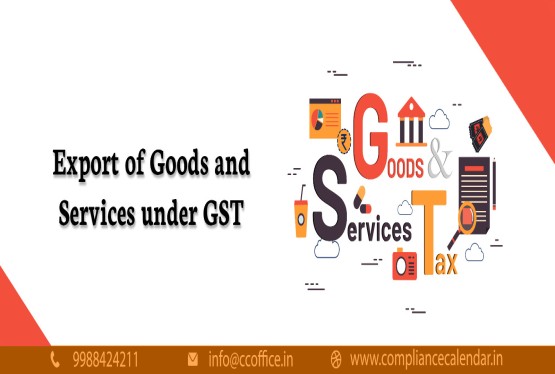













































_for_FY_2025-26_crop10_thumb.jpg)



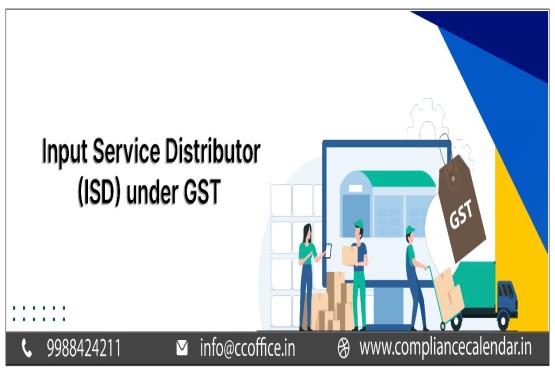








_learn_crop10_thumb.jpg)








_Filing_Due_Dates_for_FY_2024-25_learn_crop10_thumb.jpeg)
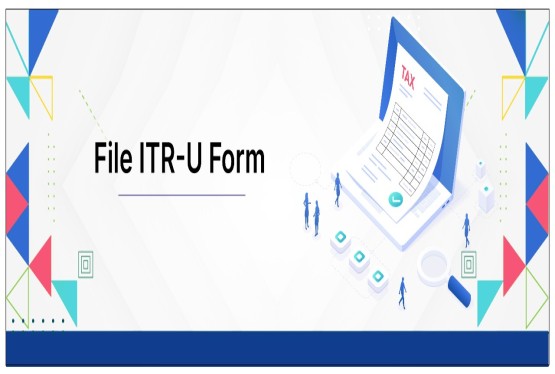
























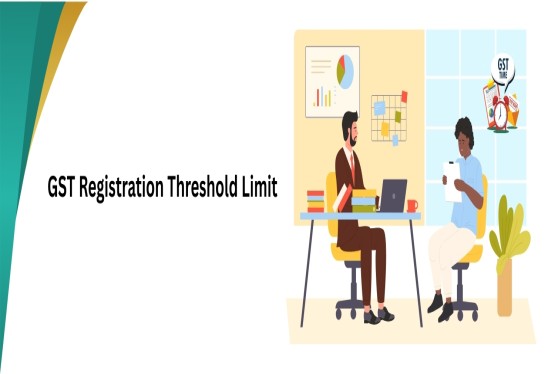
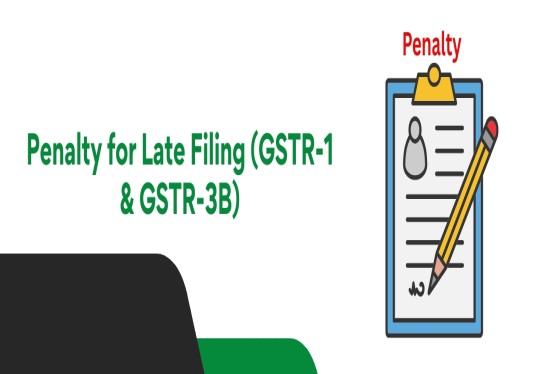












_of_GST_Act_learn_crop10_thumb.jpg)










_Under_GST_learn_crop10_thumb.jpg)









_crop10_thumb.jpg)


_crop10_thumb.jpg)






_learn_crop10_thumb.jpg)






















_of_the_Income_Tax_Act_learn_crop10_thumb.jpg)



_learn_crop10_thumb.jpg)






_learn_crop10_thumb.jpg)






_crop10_thumb.jpg)




















_in_The_Income_Tax_Act,_1961_learn_crop10_thumb.jpg)



_learn_crop10_thumb.jpg)



_of_the_Income_Tax_Act_learn_crop10_thumb.jpg)

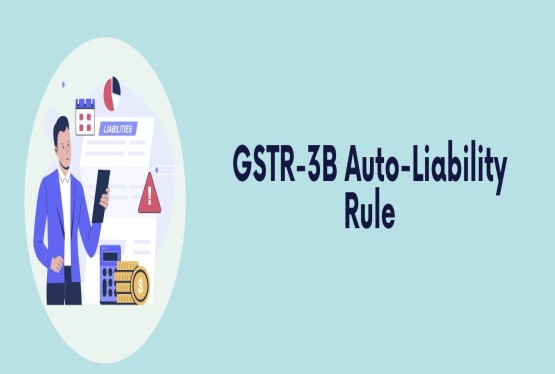
_Of_Income_Tax_Act_learn_crop10_thumb.jpg)








_learn_crop10_thumb.jpg)








_learn_crop10_thumb.jpg)
_crop10_thumb.jpg)






















_learn_crop10_thumb.jpg)
_for_Import_and_Export_learn_crop10_thumb.jpg)









